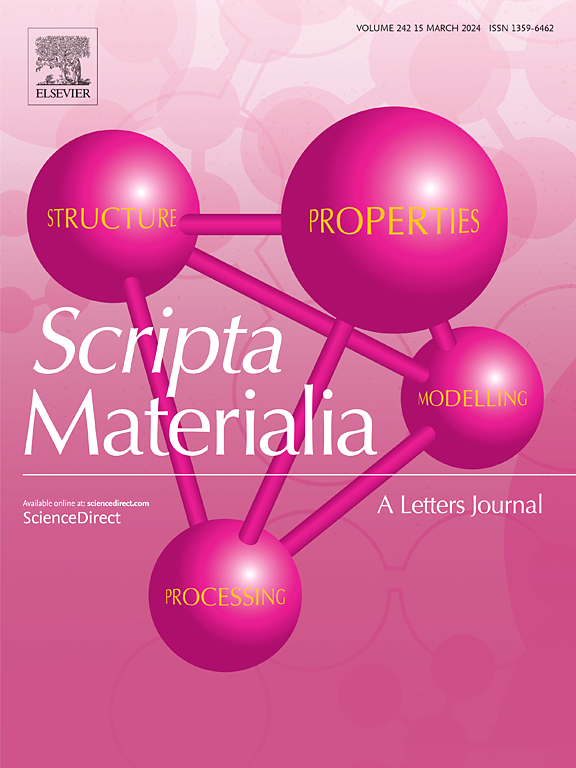基于卷积神经网络的无损三维腐蚀坑形态自动定量分析
IF 5.3
2区 材料科学
Q2 MATERIALS SCIENCE, MULTIDISCIPLINARY
引用次数: 0
摘要
我们训练了一个自动编码器-解码器型卷积神经网络,用于三维腐蚀坑形态数据的自动定量分析。采用扫描白光干涉法对经过不同表面改性处理的AISI 304不锈钢试样进行非破坏性的凹坑形貌数据,然后进行动电位极化腐蚀测试。设计了自编码器,将高维输入凹坑形态数据压缩到两个变量的潜在空间中,解码器从中产生输入数据的重构。对潜在空间中的压缩数据进行分析,可以识别出包含大多数数据点的唯一向量。将该模型应用于人工构建的具有独立可量化形态特征的半椭球形凹坑,结果表明,该向量类似于凹坑的“有效锐度”,有助于为任意形状的腐蚀凹坑定义“锐度/钝度”度量,这可以与它们转变为应力腐蚀裂纹的倾向相关联。本文章由计算机程序翻译,如有差异,请以英文原文为准。

Convolutional neural network for automated quantitative analysis of non-destructively acquired three-dimensional corrosion pit morphology data
We have trained an autoencoder-decoder type convolutional neural network for automated quantitative analysis of three-dimensional corrosion-pit morphology data. We have used pit morphology data, acquired non-destructively using scanning white light interferometry from AISI 304 stainless steel specimens subjected to different surface modification treatments, followed by potentiodynamic polarization corrosion testing. The autoencoder was designed to compress the high-dimensional input pit morphology data into a latent space of two variables, from which the decoder produces reconstructions of the input data. Analysis of the compressed data in the latent space led to the identification of a unique vector which encompassed most of the data points. Application of the model to artificially constructed semi-ellipsoidal pits with independently quantifiable morphological characteristics showed that the vector was analogous to ‘effective sharpness’ of pits, helping define a ‘sharpness/bluntness’ metric for arbitrarily shaped corrosion pits, that can be linked to their propensity to transition into stress corrosion cracks.
求助全文
通过发布文献求助,成功后即可免费获取论文全文。
去求助
来源期刊

Scripta Materialia
工程技术-材料科学:综合
CiteScore
11.40
自引率
5.00%
发文量
581
审稿时长
34 days
期刊介绍:
Scripta Materialia is a LETTERS journal of Acta Materialia, providing a forum for the rapid publication of short communications on the relationship between the structure and the properties of inorganic materials. The emphasis is on originality rather than incremental research. Short reports on the development of materials with novel or substantially improved properties are also welcomed. Emphasis is on either the functional or mechanical behavior of metals, ceramics and semiconductors at all length scales.
 求助内容:
求助内容: 应助结果提醒方式:
应助结果提醒方式:


